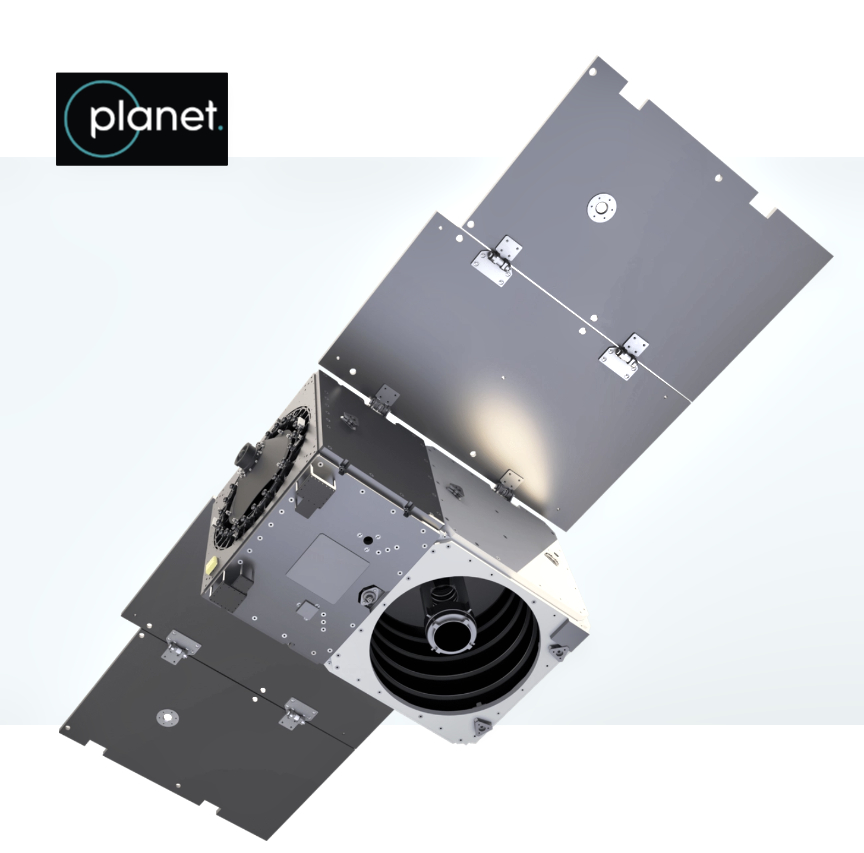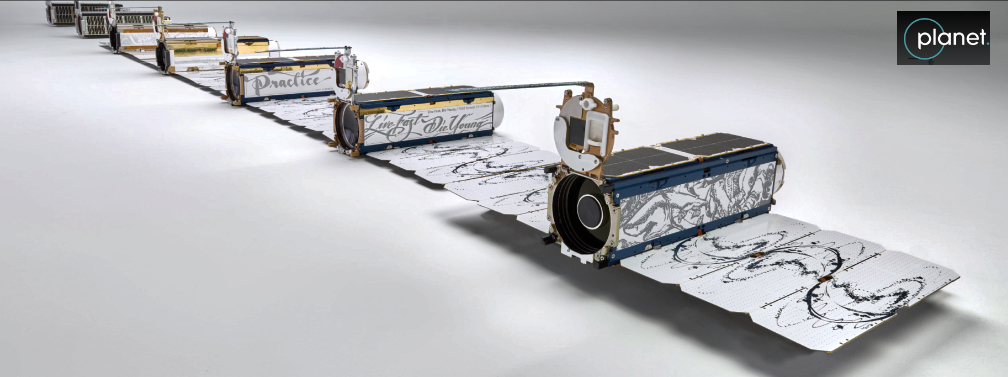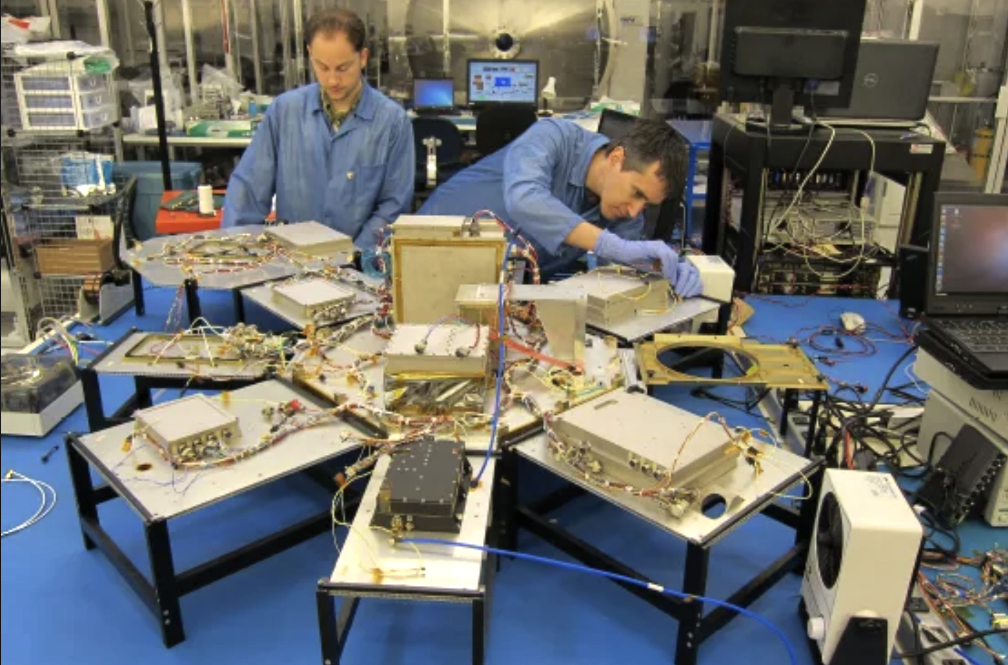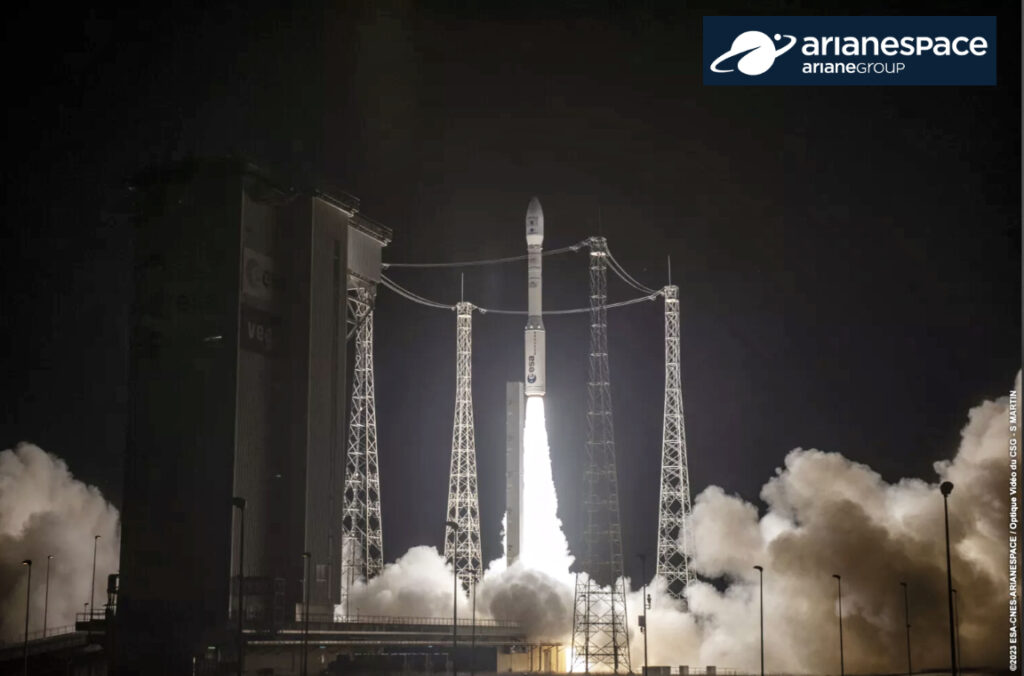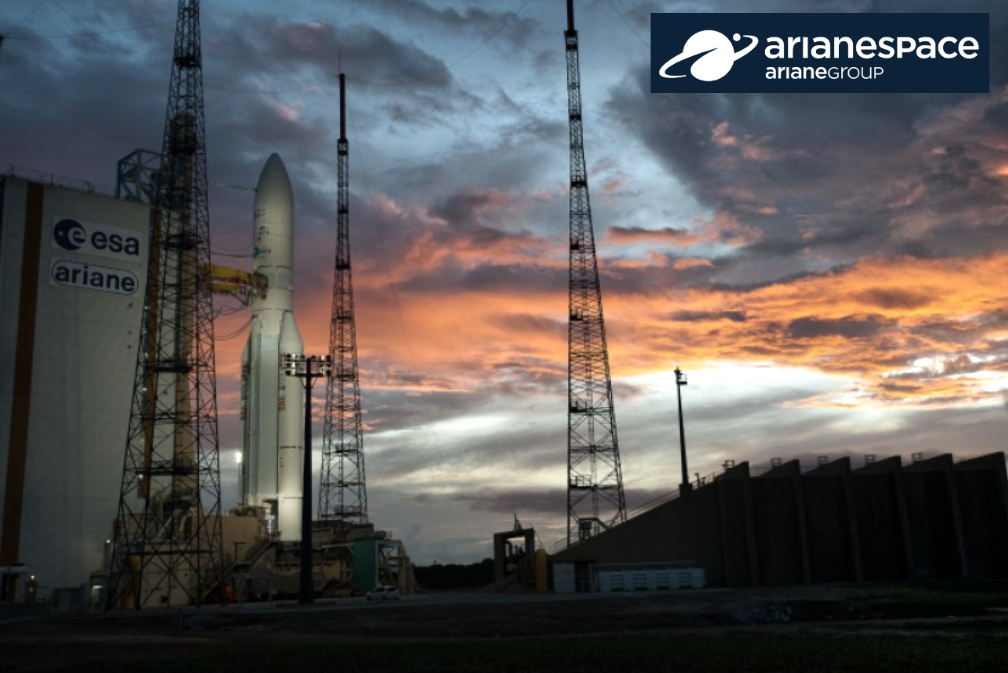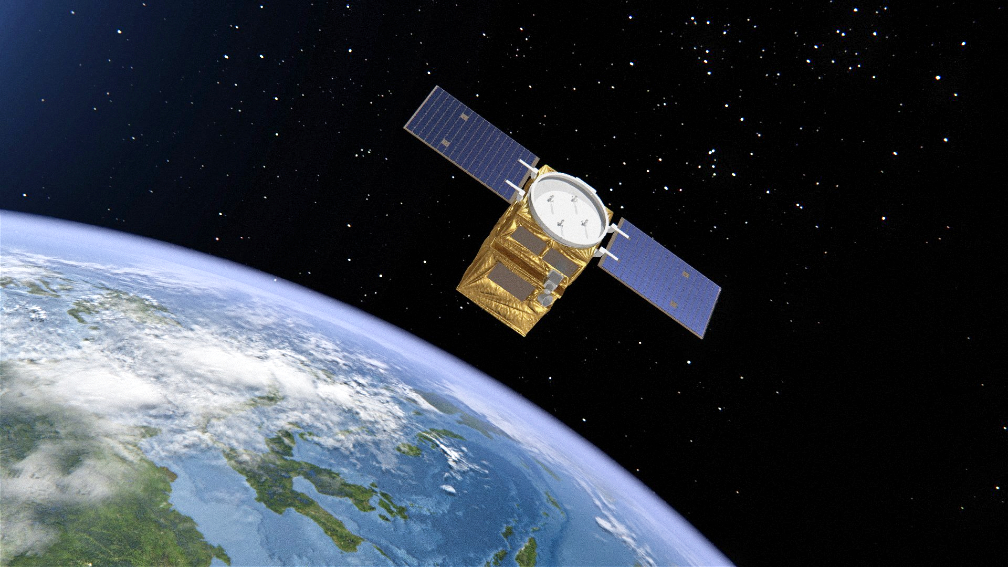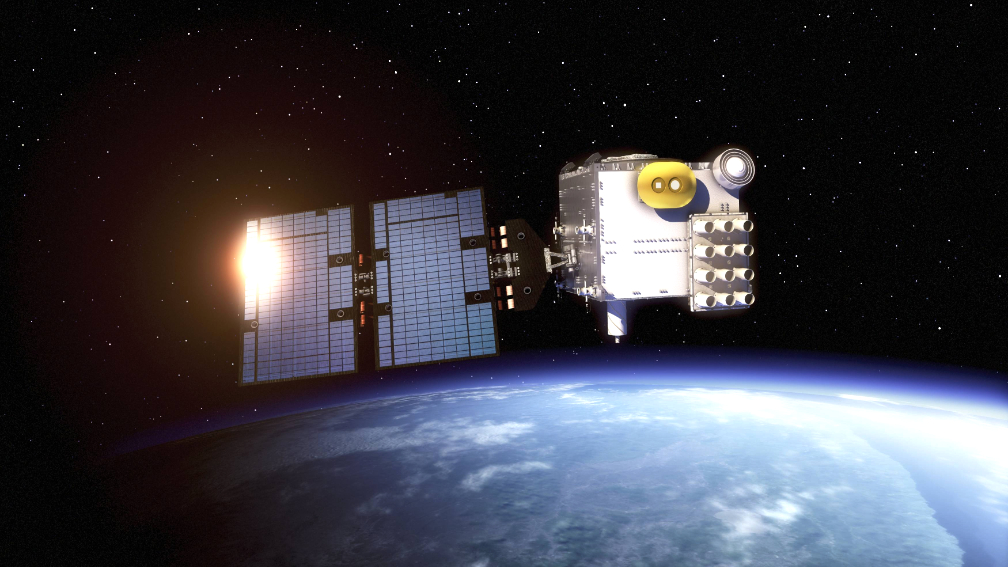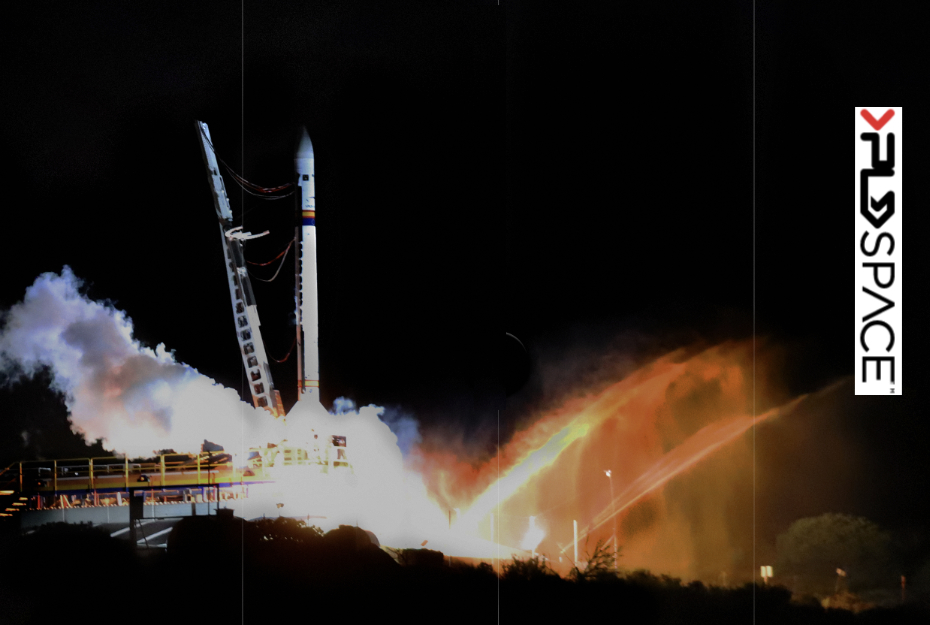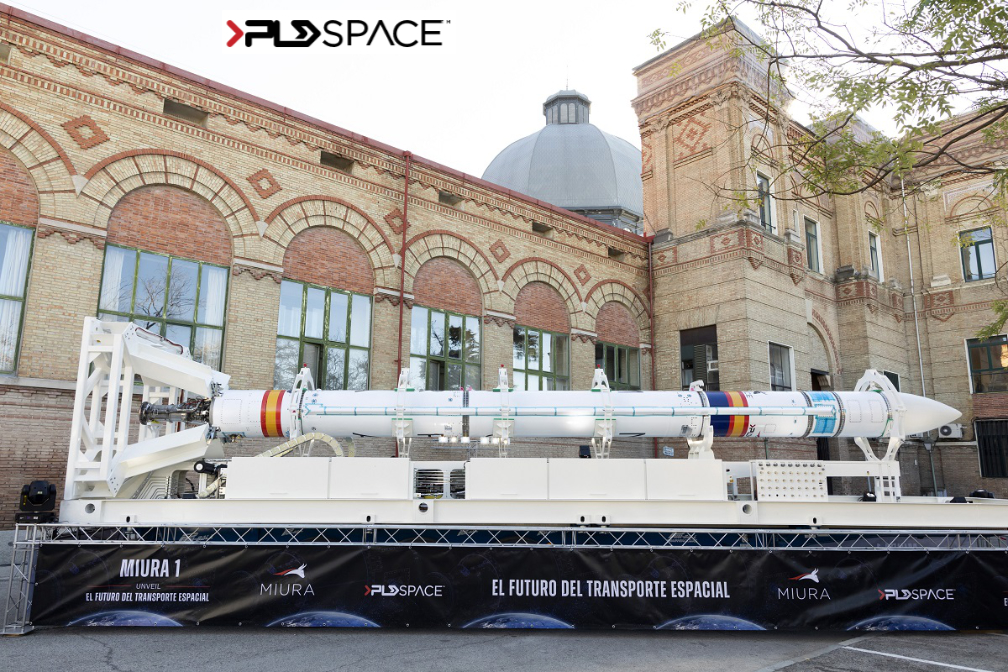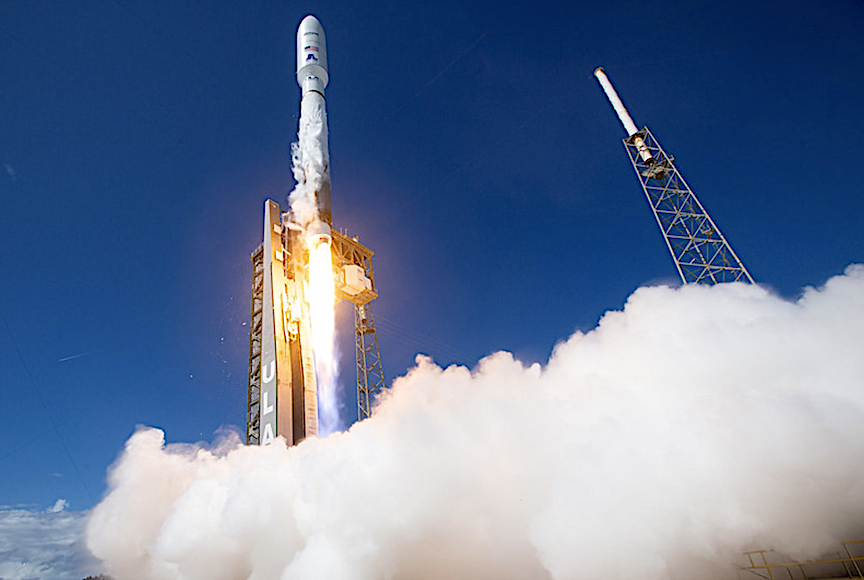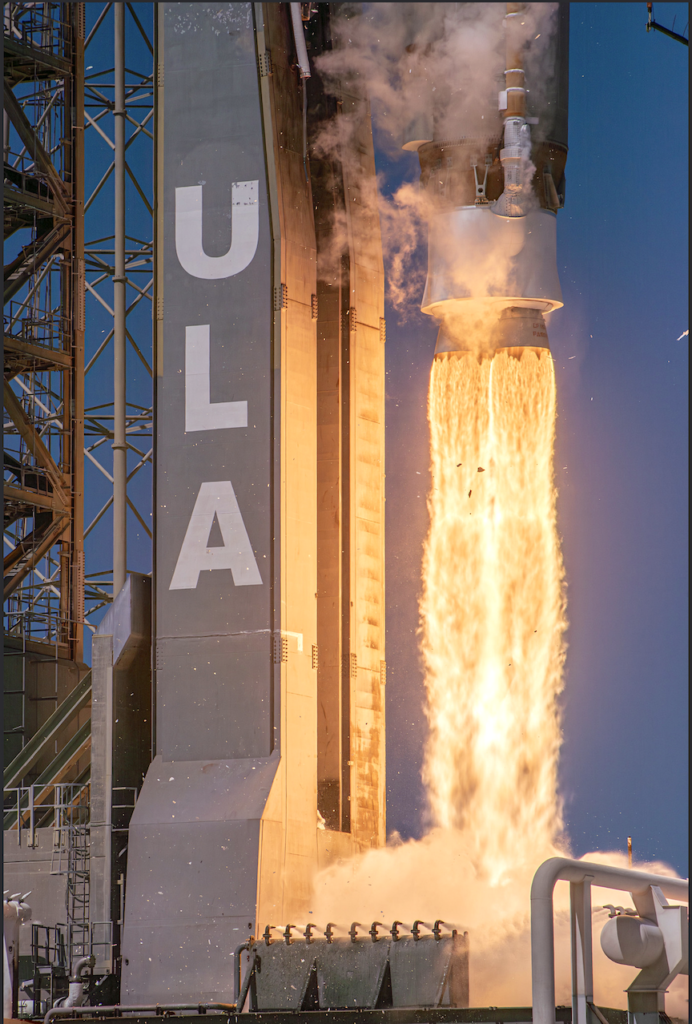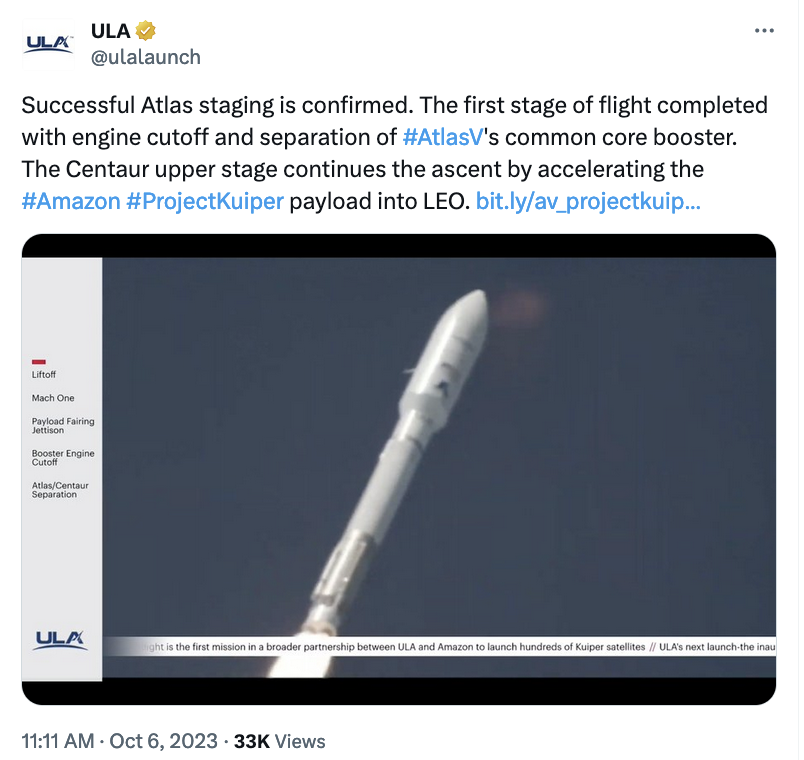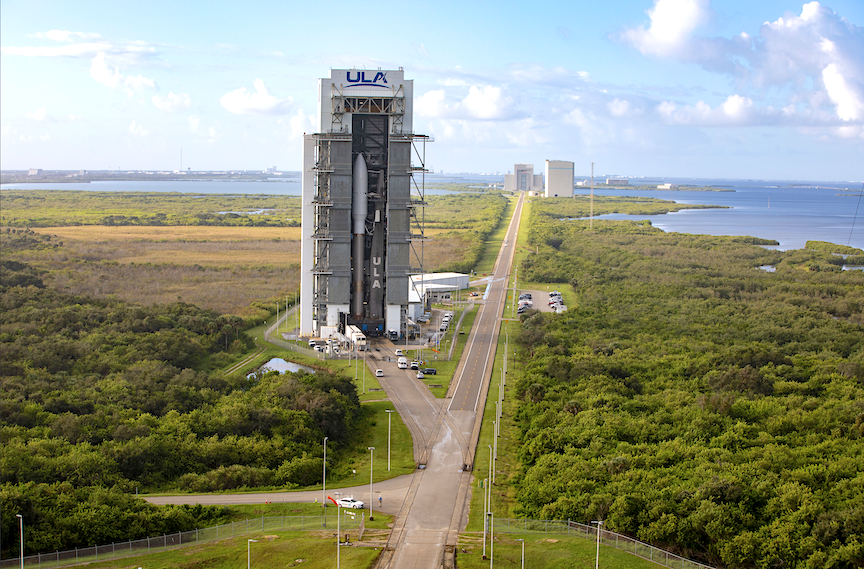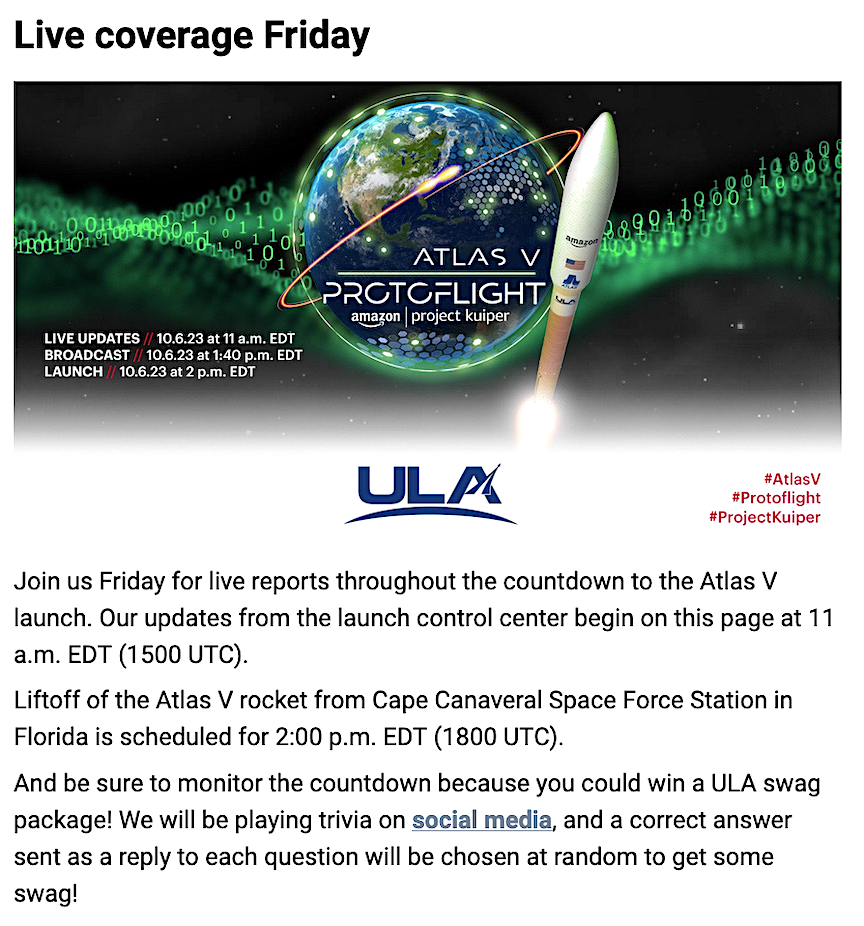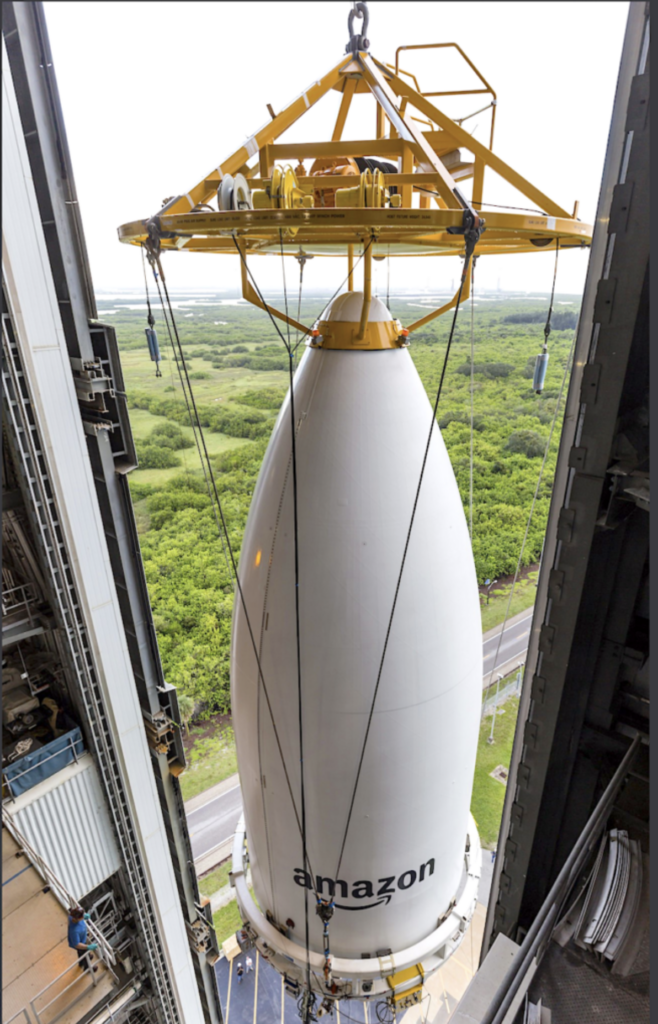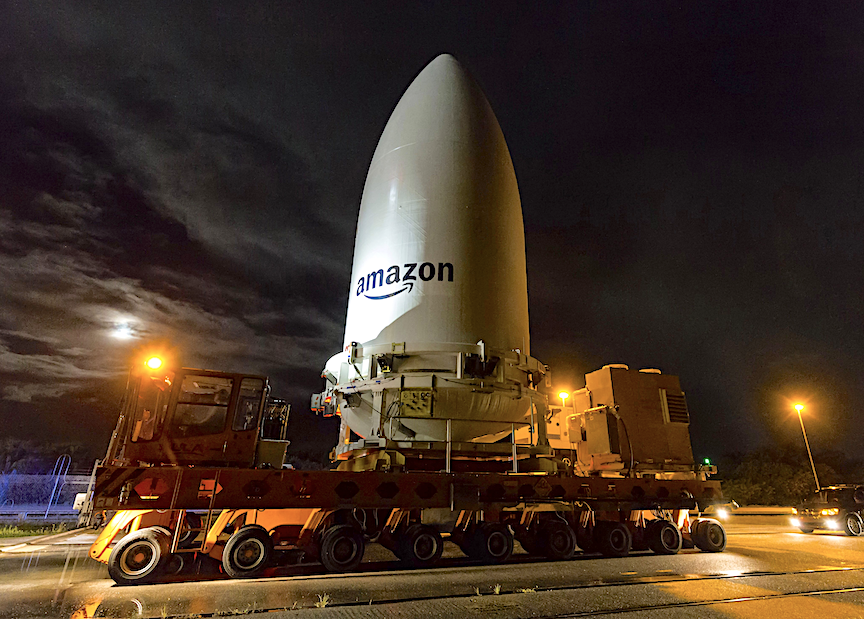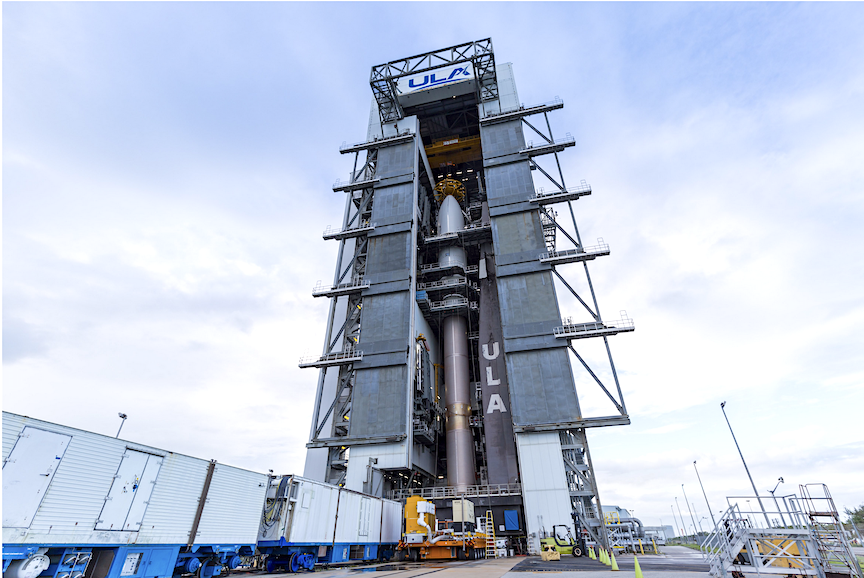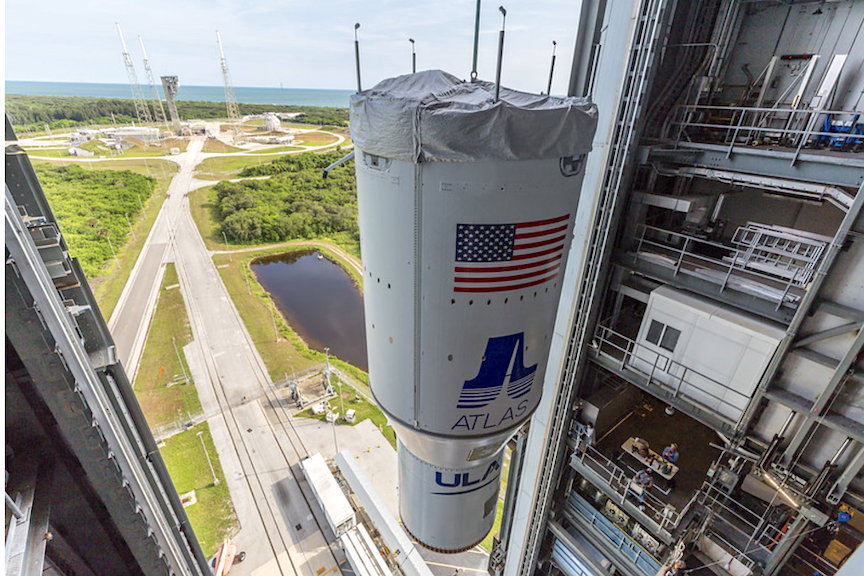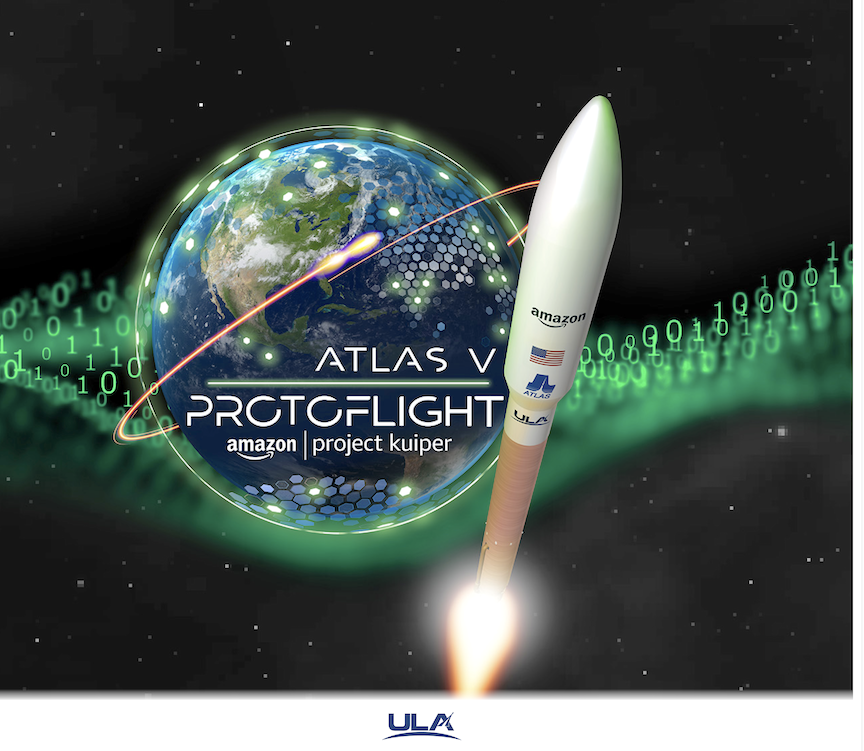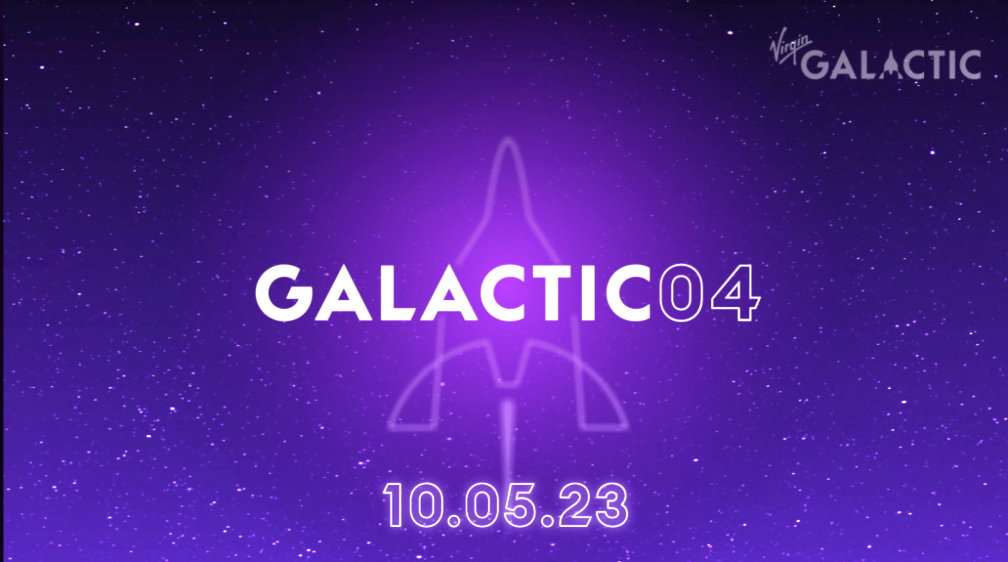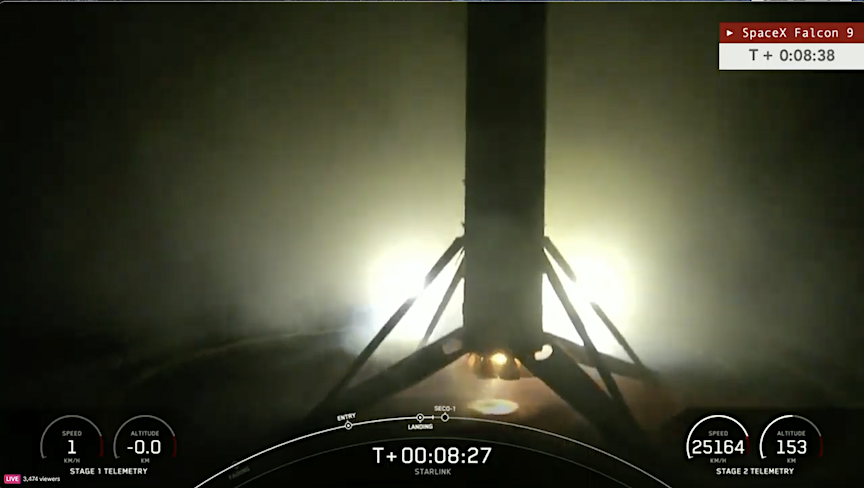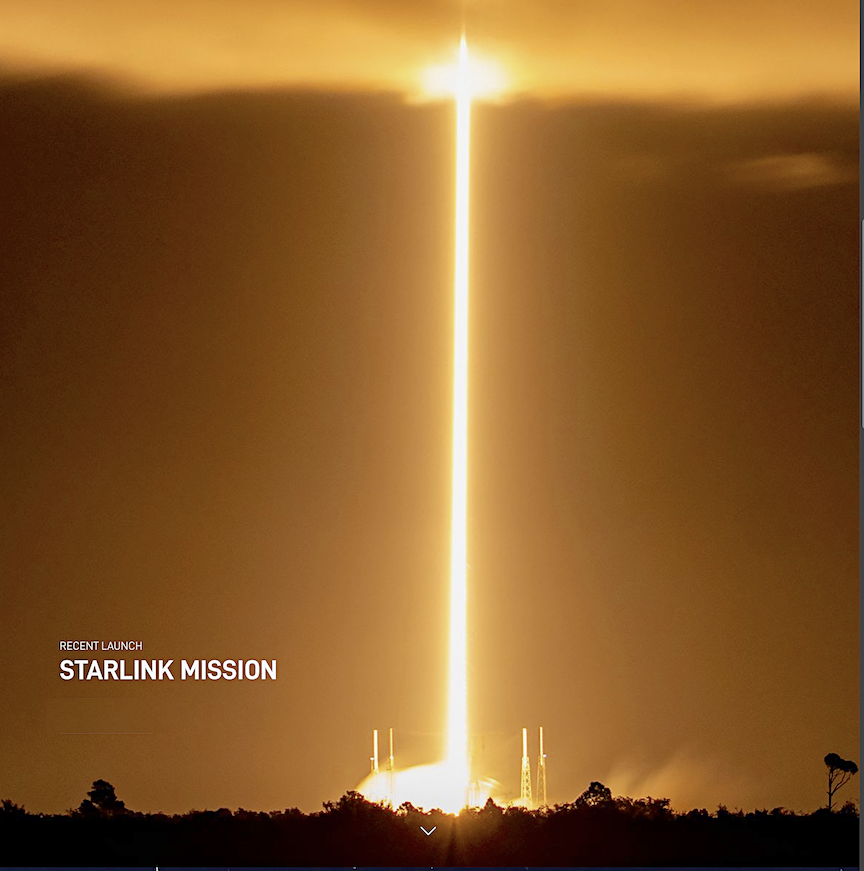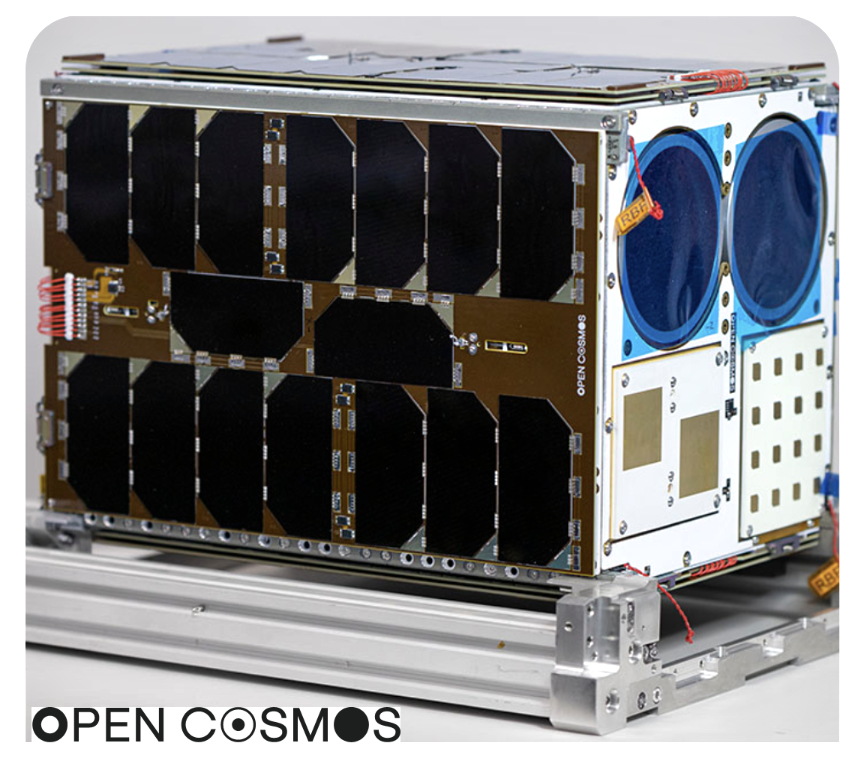
Open Cosmos and the European Space Agency (ESA) have announced plans for the launch of the MANTIS satellite aboard the upcoming SpaceX Transporter-9 mission — this mission was arranged jointly by SAB Launch Services and Exolaunch.
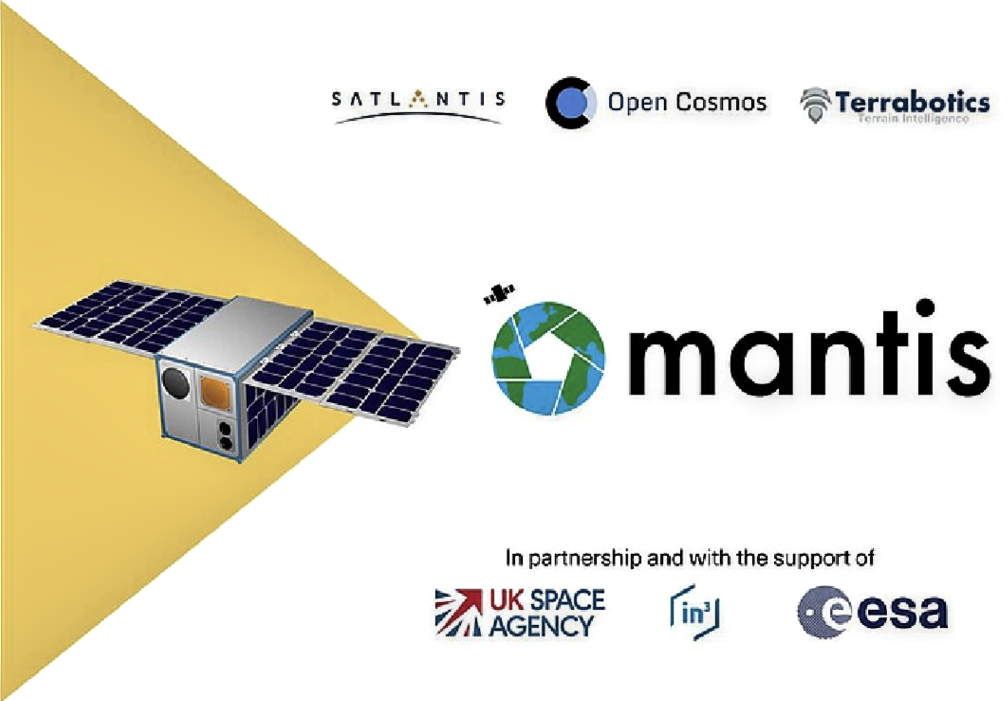
MANTIS was successfully integrated with its EXOpod Nova deployment system in Berlin, provided by Exolaunch as part of their mission management and integration service, prior to completing its integrations with SpaceX’s Falcon 9 before lift-off from Vandenberg Space Force Base.
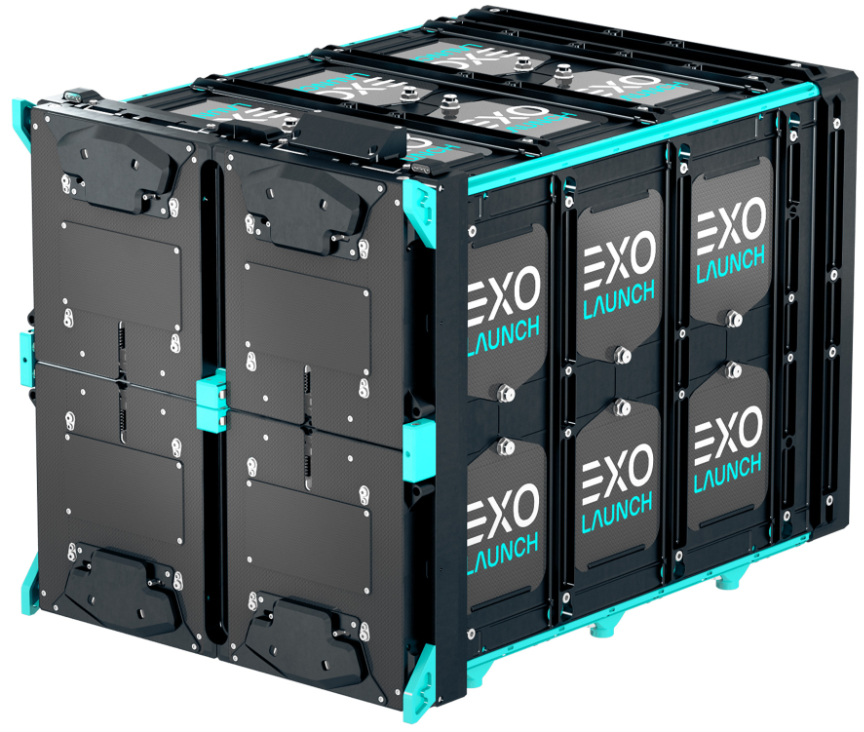
MANTIS, which stands for Mission Agile Nanosatellite for Terrestrial Imagery Services, will be the first satellite launched as part of ESA InCubed, the co-funding program run by ESA Φ-lab which focuses on commercial development activities across the entire Earth Observation (EO) value chain, including satellites, ground applications, downstream applications and new EO business models.

As a participating member state, the UK Space Agency has contributed £2.2 million of funding to this initiative in order to support the advancement of space-related innovation within the UK.

The satellite will host an innovative multispectral, high-resolution optical payload for EO and a secondary payload, a high-performance and reconfigurable processing unit aimed at exploiting the power of Artificial Intelligence (AI) to derive insights onboard.
It will also further sustainability by addressing the challenges of accessibility and periodicity in the energy and mining sector. Approximately 60% of the resources required within these supply chains can be found in remote and inaccessible locations necessitating ground stations with high costs to climate and biodiversity. EO data from MANTIS will reduce this requirement and create an efficient solution over a widespread area.
Outside of this sector, the data from MANTIS can be applied to further applications that will contribute to addressing environmental challenges and promoting sustainable development, such as climate change monitoring, deforestation and land use monitoring, water resource management, biodiversity conservation and sustainable agriculture.
As the prime contractor for MANTIS, Open Cosmos will oversee the end-to-end space mission service. This includes satellite design, integration of the payloads, build, launch, operations and dissemination of the data through their DataCosmos platform. Once operational, MANTIS will join the OpenConstellation, a global, shared Earth Observation (EO) satellite infrastructure built and managed by Open Cosmos which will enable anyone to access satellite data to address challenges around the climate crisis, energy, natural resources and more.
Deploying satellite infrastructure has, in the past, been prohibitively expensive. The OpenConstellation will allow national and regional governments, as well as businesses and organisations with more conservative budgets, to participate and access insightful, actionable data from space for the first time while keeping high levels of governance and security.
“MANTIS is an ambitious program and we’re excited to work with ESA to get this satellite into orbit in 2023. Once operational, MANTIS will allow us to better monitor our use of natural resources, allowing governments and organisations to make more informed decisions to support sustainable resource management practices. And by joining the OpenConstellation, the Earth Observation data derived from MANTIS will allow many other organisations to improve their impact, too.” — Aleix Megias, VP of Operations, Open Cosmos
“As the first InCubed co-funding of an end-to-end mission, MANTIS is a milestone for us and a salient example of the burgeoning commercial Earth observation sector in Europe, one of the priorities of ESA’s Agenda 2025. Open Cosmos has demonstrated a combination of technical excellence and customer focus that is sure to make the mission a success.”— Michele Casrtorina, Head of ESA Φ-lab Invest Office
“Observations of the Earth from space are helping us to monitor climate change, map our environment, forecast the weather and now, with this mission, finding new resources in a more sustainable way. MANTIS is an excellent example of how Earth observation satellites can provide novel solutions for a range of sectors. We’re delighted to have been able to support Open Cosmos and partners across the UK and Europe to deliver an innovative mission and drive growth in the sector.” — Harshbir Sangha, Missions and Capabilities Delivery Director, UK Space Agency

